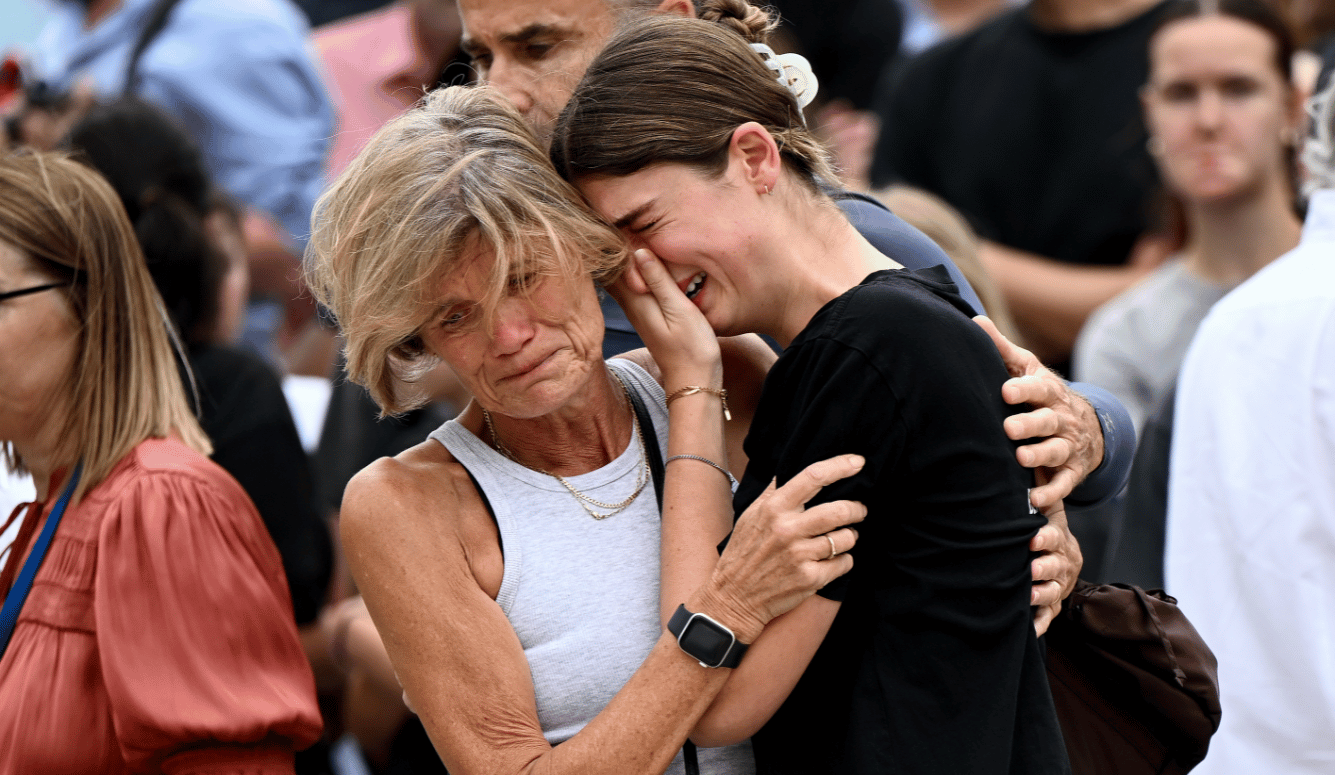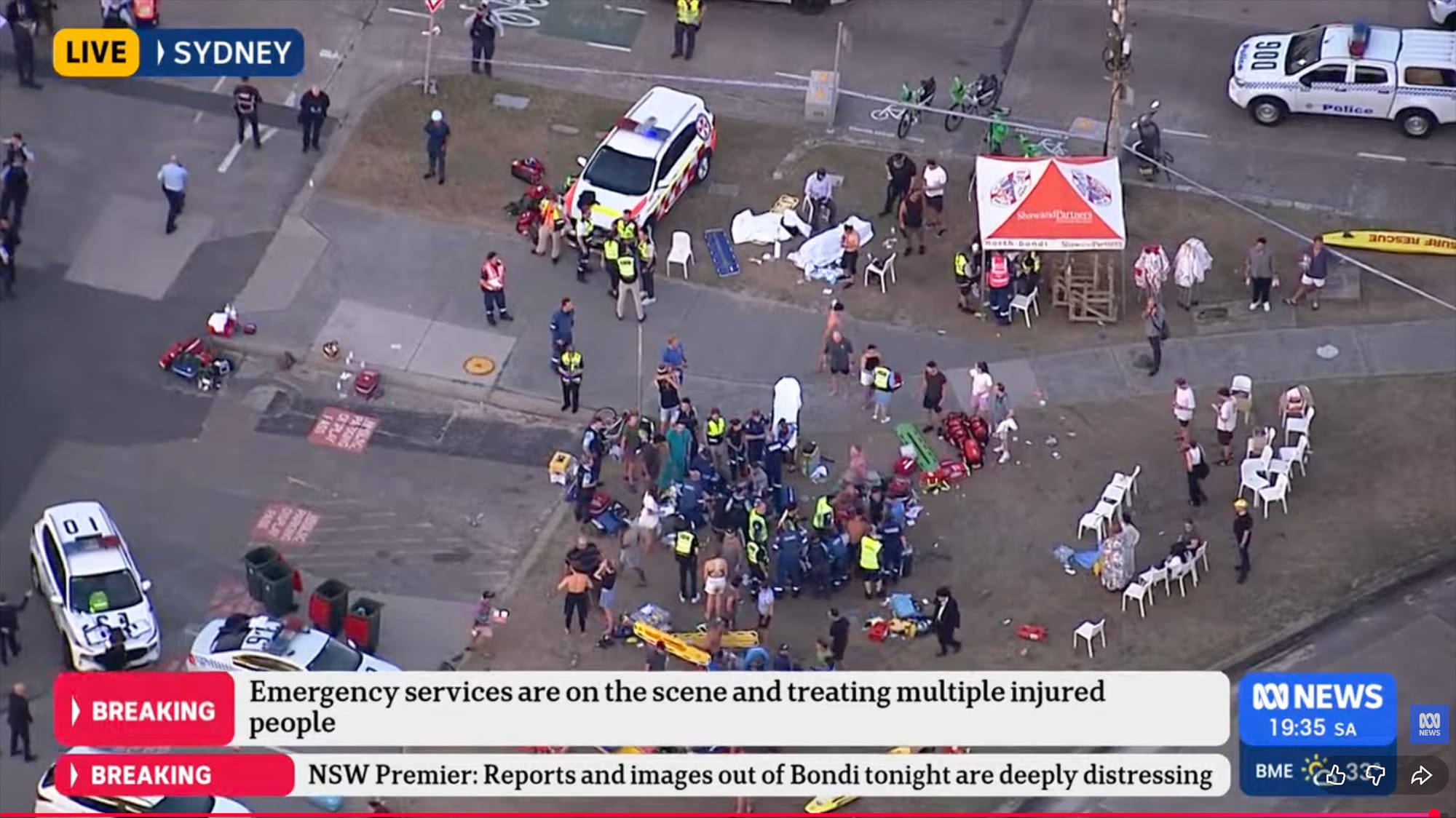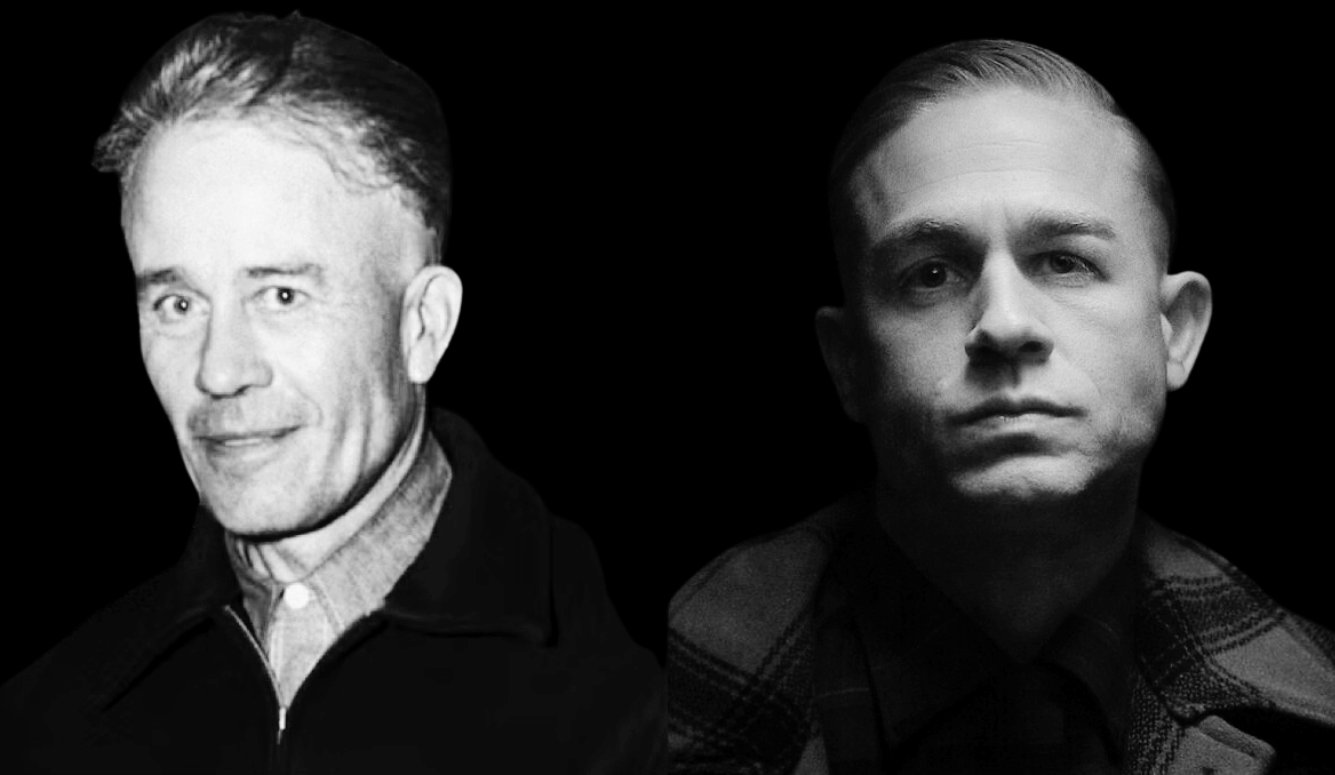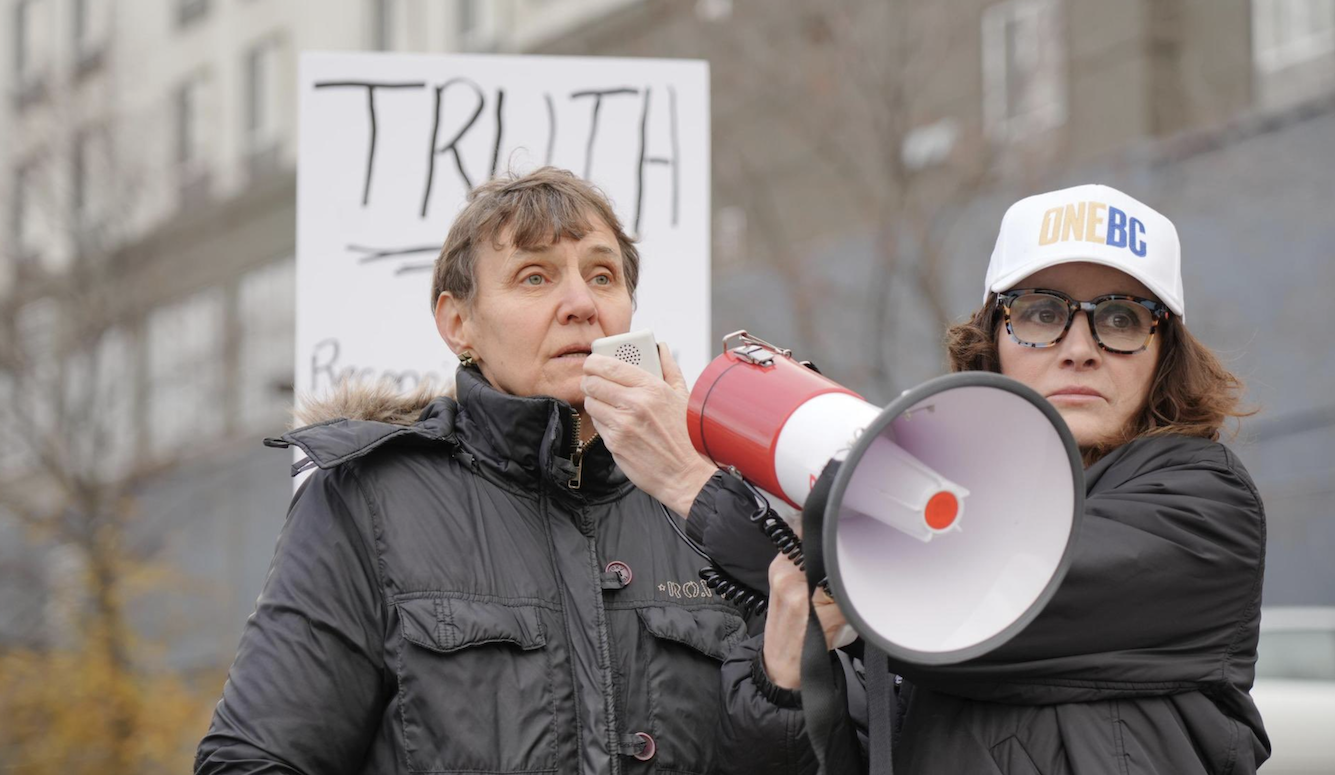Art and Culture
Architecture as Revenge
Brady Corbet’s panoramic epic, ‘The Brutalist,’ may be technically brilliant, but it is a cheat and a fraud.
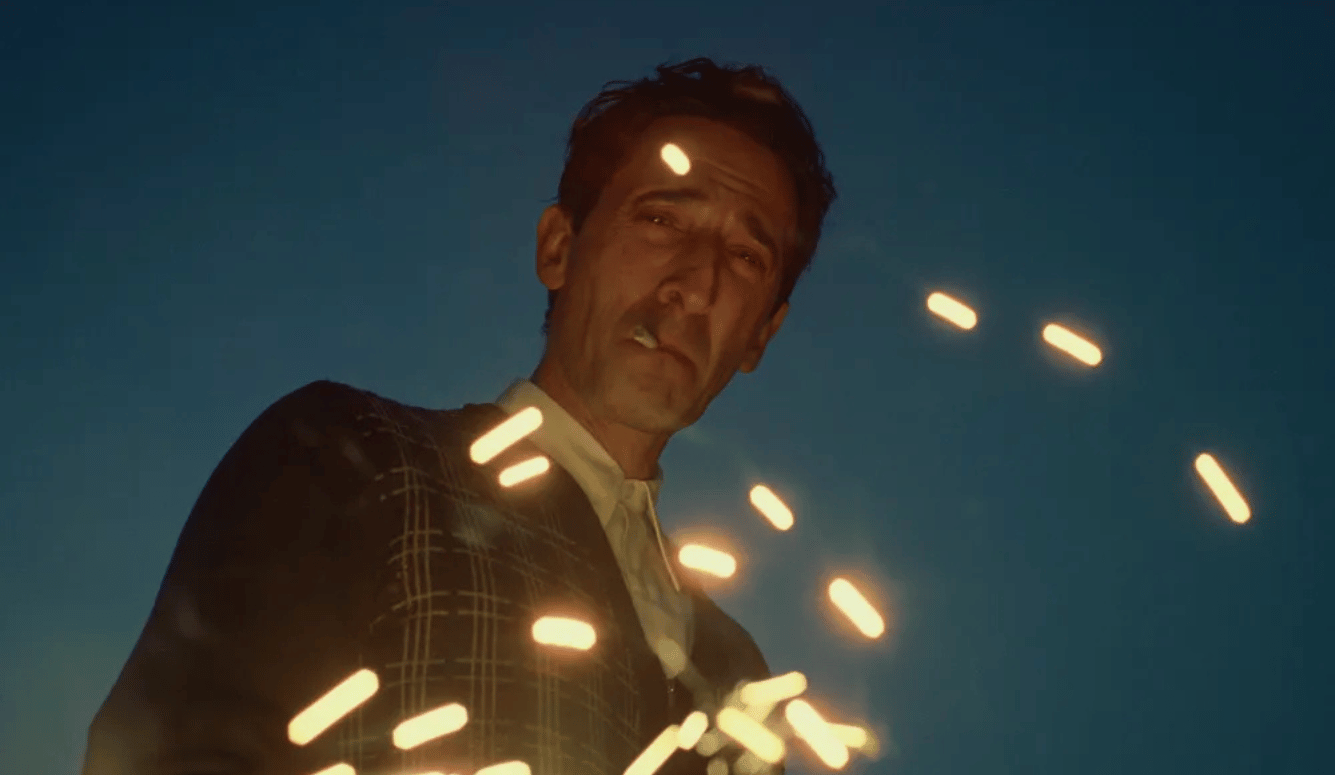
The best thing about The Brutalist—Brady Corbet’s three-and-a-half hour period epic about a fictional mid-20th-century architect named László Tóth (Adrien Brody)—is its astonishing visual beauty. Much of the film is so rich and precisely detailed that it takes the breath away, despite its stodgy, muted colour palette, made to match its 1940s–50s time period and the staid Pennsylvania town in which most of the action takes place. So, it is not a surprise that in addition to the Academy Award nominations it has garnered for Best Picture, Best Actor (Brody), Best Director (Corbet), and Best Original Screenplay (Corbet and his romantic partner, Mona Fastvold), The Brutalist has also been nominated for Best Cinematography (Lol Crawley), Best Production Design (Judy Becker), and Best Film Editing (Dávid Jancsó).
I was never bored despite the inordinate length, because I could always gaze at some exquisite new composition: a road meeting a crystal-clear horizon, the top of a sun-silhouetted verdant hill, the blinding-white and grey-veined marble quarries of Carrara in Italy. Tóth, a penniless Hungarian-Jewish immigrant who barely survived the Holocaust, has been commissioned by his gentile-industrialist patron, Harrison Lee Van Buren (Guy Pearce, Best Supporting Actor nominee), to design and construct a labyrinth of Brutalist concrete that will function as a “community centre” for the citizens of Doylestown, Pennsylvania.
For this panorama, we must credit Corbet’s resurrection of VistaVision, the 1950s technology employed by Alfred Hitchcock in films like Vertigo and North by Northwest. It uses 35mm film running horizontally, not vertically, along its sprockets to create vast crystalline images. The musical score by Daniel Blumberg (Best Musical Score nominee)—aggressively dissonant and heavy on low-register brasses reminiscent of 1950s cool jazz, yet somehow mournful and beautiful—adds to the ambience of a lost era. Corbet filmed The Brutalist almost entirely in Hungary to save money, but the landscape looks convincingly like the midcentury American mid-Atlantic: as yet undivided farmland and omnipresent smokestacks and other earmarks of heavy industry. Coal, steel, and manufacturing made Pennsylvania an engine of World War II materiel production and comfortably prosperous for decades until it collapsed into the Rust Belt during the 1980s. Although critics have compared László Tóth to Howard Roark, the Promethean architect-hero of Ayn Rand’s 1943 novel, The Fountainhead, The Brutalist is even more redolent of her 1957 magnum opus, Atlas Shrugged, with its midcentury mines, steel mills, cranes, and heroine Dagny Taggart’s family-owned transcontinental railroad.
